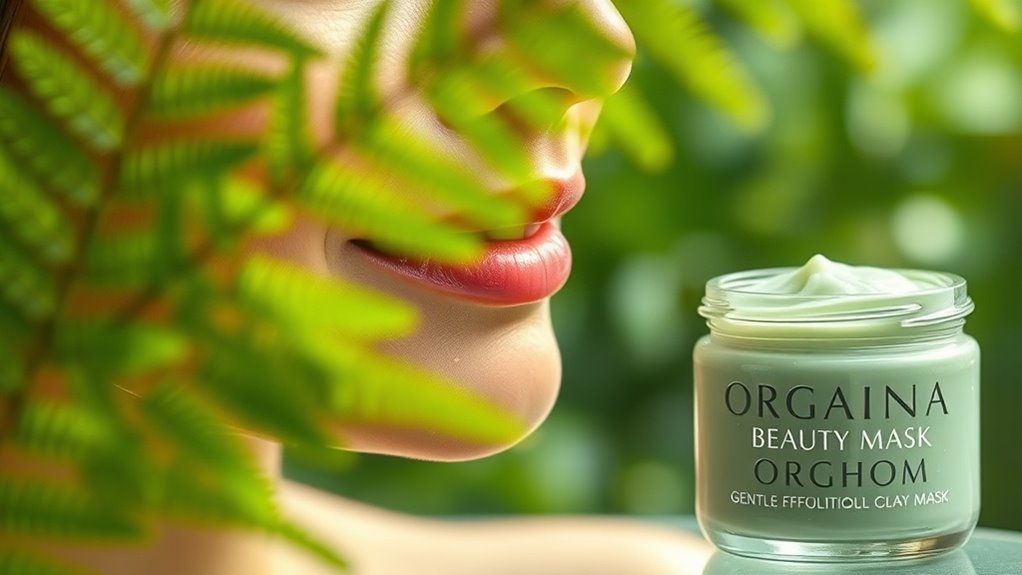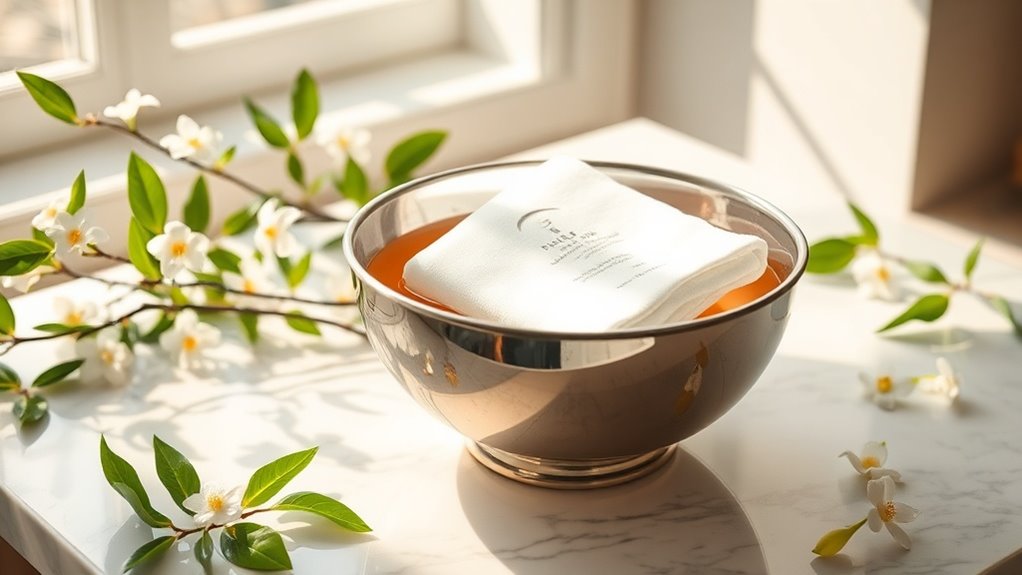You’re Probably Washing Your Face Wrong – Here’s the Right Way
Imagine splashing your face with water, only to feel dryness creeping in afterward. You might be washing your face wrong without even realizing it. The right techniques and products can make a significant difference in your skin’s health. From understanding your skin type to mastering cleansing methods, there’s much more to effective skincare than you think. Let’s explore how to elevate your routine for a truly refreshed complexion.
Key Takeaways
- Identify your skin type to select the right cleanser: gel for oily, creamy for dry, and gentle for sensitive skin.
- Use lukewarm water to effectively dissolve dirt and oil without irritating or drying out your skin.
- Apply cleanser with fingertips in gentle, circular motions, focusing on dirt-prone areas without scrubbing harshly.
- Rinse thoroughly with lukewarm water and pat your face dry with a clean towel to avoid irritation.
- Wash your face twice daily and follow up with toner, moisturizer, and sunscreen for optimal skin health.
Understanding Your Skin Type
Understanding your skin type is essential for effective face washing and overall skincare.
It helps you determine how to wash your face properly, ensuring you address specific needs.
For instance, if you have oily skin, you’ll want to use a cleanser that controls excess oil without stripping moisture.
Dry skin requires a more hydrating approach.
Combination skin needs a balanced cleanser that caters to both oily and dry areas.
Sensitive skin benefits from gentle, fragrance-free products. Additionally, choosing the right cleanser based on skin type can significantly enhance your skincare routine.
Choosing the Right Cleanser
Choosing the right cleanser is crucial for maintaining healthy skin and ensuring your cleansing routine is effective. Start by identifying your skin type—whether it’s oily, dry, combination, or sensitive.
For oily skin, opt for a gel or foaming cleanser that removes excess oil without over-drying. If you have dry skin, creamy or hydrating cleansers are best to retain moisture. For sensitive skin, choose fragrance-free, gentle options that soothe irritation.
Always check the ingredient list for potential irritants. Be mindful that using harsh cleansers can lead to skin barrier damage, which may compromise your skin’s health. Remember, the right cleanser can make a significant difference in your skin’s overall appearance and health. Select wisely for optimal results.
The Importance of Water Temperature
Water temperature plays a vital role in your face-washing routine and can greatly affect the outcome of your cleansing process. Using lukewarm water is ideal, as it helps to dissolve dirt and oil without irritating your skin.
Hot water might feel soothing, but it can strip away natural oils, leading to dryness or irritation.
Conversely, cold water may not effectively remove impurities.
By choosing the right temperature, you enhance your cleanser’s effectiveness, ensuring your skin feels refreshed and balanced. Additionally, using the proper water temperature can help maintain skin hydration levels.
Proper Cleansing Techniques
After selecting the right water temperature, the next step in your face-washing routine is mastering proper cleansing techniques.
Begin by applying a small amount of cleanser to your fingertips.
Use gentle, circular motions to massage the product into your skin, focusing on areas that tend to collect dirt and oil, like your forehead, nose, and chin.
Avoid scrubbing too hard, as this can irritate your skin.
Rinse thoroughly with lukewarm water, ensuring all product is removed.
Pat your face dry with a clean towel, as rubbing can cause irritation.
Following these techniques will leave your skin feeling fresh and clean, and it’s crucial to avoid common cleansing mistakes that could harm your skin.
How Often Should You Wash Your Face?
How often should you wash your face to maintain healthy skin?
Ideally, you should cleanse your face twice a day—once in the morning and once before bed.
Cleanse your face twice daily—once in the morning and once at night—for optimal skin health.
This routine helps remove dirt, oil, and impurities.
However, consider these factors:
-
Skin Type: Oily skin may benefit from more frequent washing.
-
Activity Level: If you sweat heavily, wash your face afterward.
-
Product Usage: If you wear makeup, cleanse thoroughly at night.
-
Climate: In humid conditions, you might need to wash more often.
Adjust your routine based on your skin’s response to ensure optimal health. Additionally, common mistakes in face washing can lead to skin issues, so be mindful of your technique.
Following up With Skincare Products
Once you’ve cleansed your face, it’s crucial to follow up with the right skincare products to maximize your skin’s health and hydration.
Start with a toner to balance your skin’s pH and prep it for absorption.
Next, apply serums that target your specific concerns, like hydration or anti-aging.
Don’t skip moisturizer; it locks in moisture and creates a protective barrier.
If it’s daytime, finish with sunscreen to shield against UV damage.
For nighttime, consider a heavier cream or treatment to repair and rejuvenate while you sleep.
Incorporating the proper layering of products can enhance the effectiveness of your routine.
Following this routine consistently can transform your skin’s appearance and texture.




